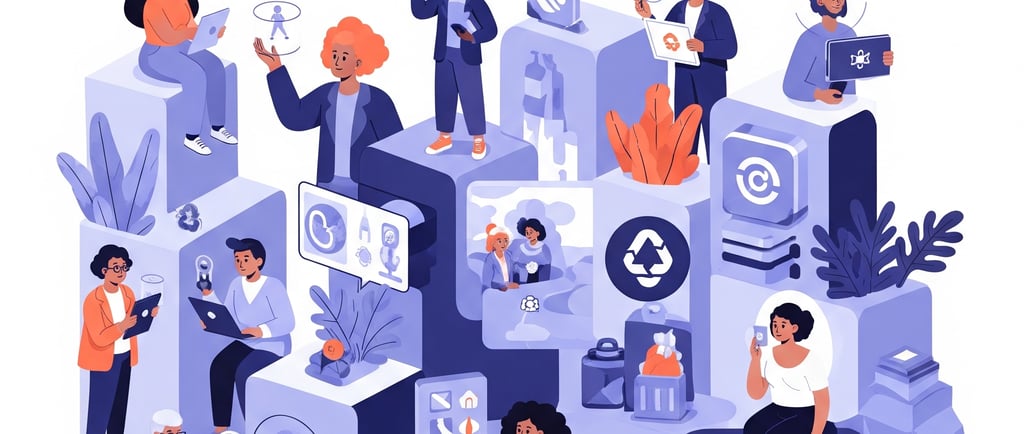Why Sustainable & Purpose-Driven Branding Is No Longer Optional in 2025
In 2025, being a brand that sells is no longer enough. To earn attention—and trust, you need to stand for something bigger. Gen Z and Gen Alpha are redefining the rules of brand engagement. They’re not just buying products—they’re buying values. Welcome to the age of sustainable and purpose-driven branding.
DIGITAL MARKETING


What’s Changed: Consumers Demand More Than Quality
Let’s face it—good design, competitive pricing, and clever ads are table stakes now.
Today’s consumers want to know:
What do you stand for?
How do you treat your employees?
Are your products harming the planet?
Do you support real-world causes?
In short, they want brands that give a damn.
This shift is especially strong with:
Gen Z (ages ~12–29): Digital natives, socially conscious, vocal about climate justice, equality, and mental health.
Gen Alpha (~0–12): Raised by socially conscious parents, growing up on impact-driven content.
🔍 Why It Matters More Than Ever
Here's what purpose-driven branding does for your business:
✅ Builds brand equity — Customers remember how you made them feel, not just what you sold.
✅ Boosts customer loyalty — People are 4X more likely to stick with brands that reflect their values.
✅ Drives organic reach — Platforms like Instagram, TikTok, and LinkedIn now amplify content that centers around positive impact.
✅ Attracts top talent — Employees today want more than a paycheck—they want meaning.
This isn’t just ethical—it’s profitable.
💡 What Purpose-Driven Branding Actually Looks Like
A purpose-driven brand doesn’t just post about Earth Day once a year. It embeds values into its daily decisions, content, and culture.
Here’s how leading brands are doing it:
Patagonia donates 1% of sales to environmental causes—and turned its ownership into a trust to fight climate change.
Ben & Jerry’s openly supports racial justice, voting rights, and climate policies.
Nike leans into activism, giving platforms to athletes who speak out on social and political issues.
And even smaller brands are making waves with:
Ethical supply chains
Recycled packaging
Inclusive hiring practices
Authentic storytelling around their impact
📲 What This Means for Your Marketing
Whether you’re a startup or a growing business, your audience is watching for more than just promotions.
📌 You need to show what you believe in—consistently.
Try this:
Share behind-the-scenes of your sustainable practices
Highlight the real people behind your brand
Support causes that align with your mission
Be transparent—own your gaps and what you’re improving
Create series like “Why We Care Wednesdays” or “Impact Highlights”
Platforms are increasingly rewarding this kind of content with better engagement and visibility.
✍️ Ready to Get Started?
Ask yourself:
What is your brand’s core purpose beyond profit?
What impact do you want to make in your industry, community, or planet?
How are you living that out in your content, operations, and voice?
Then, build a content strategy around that narrative—not just your product.
💬 Final Thought
In 2025, purpose is your competitive edge.
You don’t have to be perfect. You just have to be real, transparent, and committed to creating positive impact.
Because when your brand stands for something meaningful, your audience stands with you.
